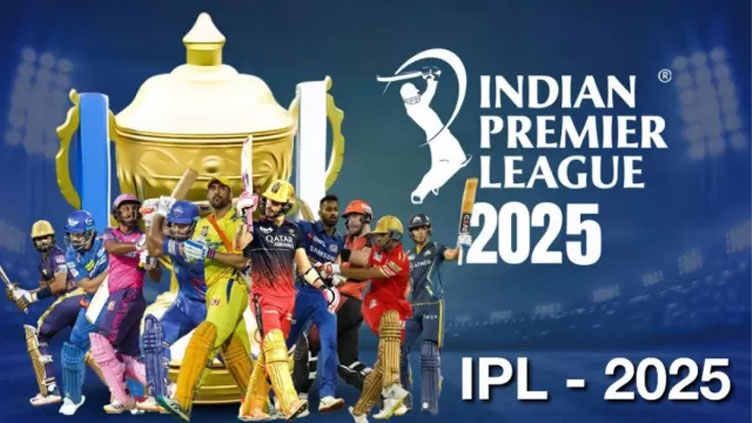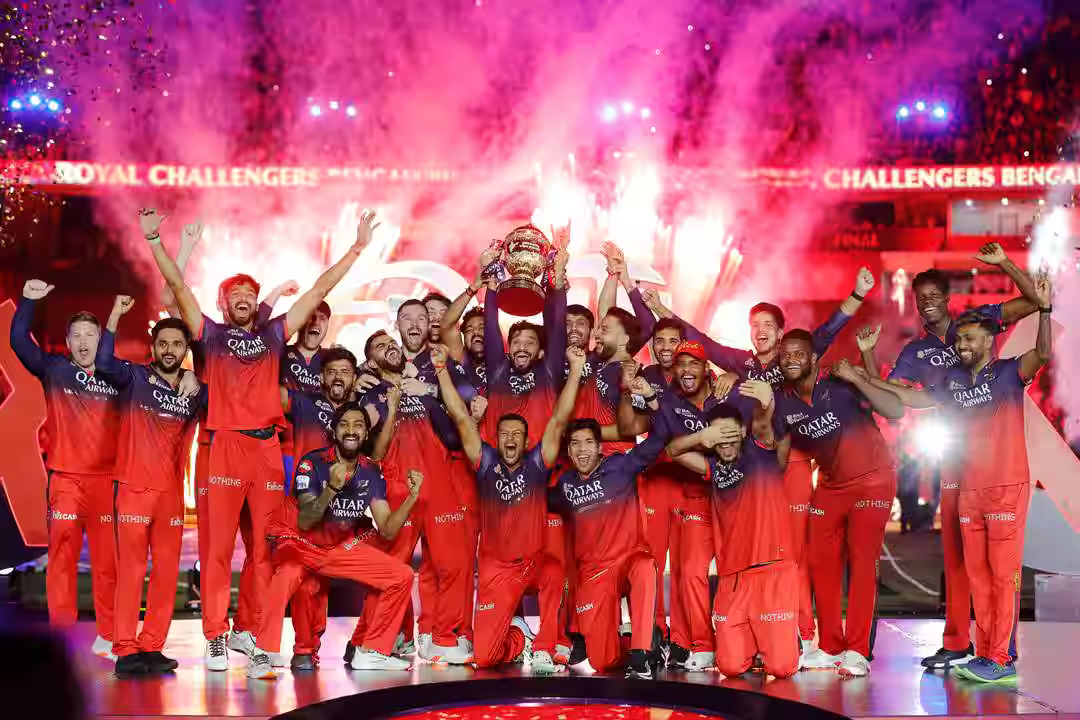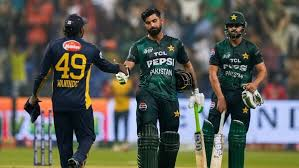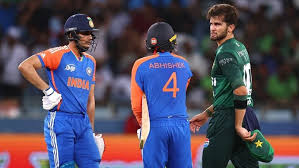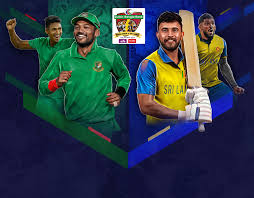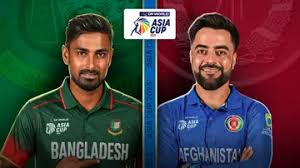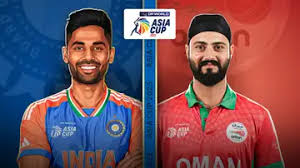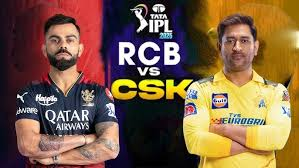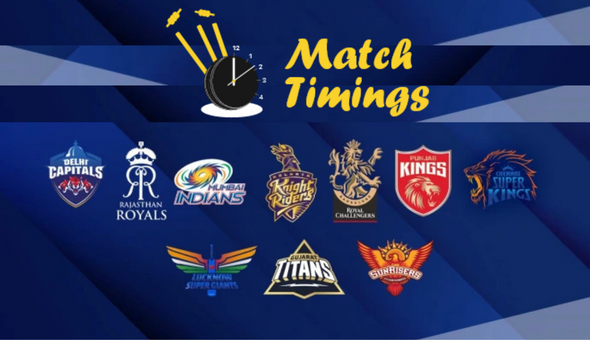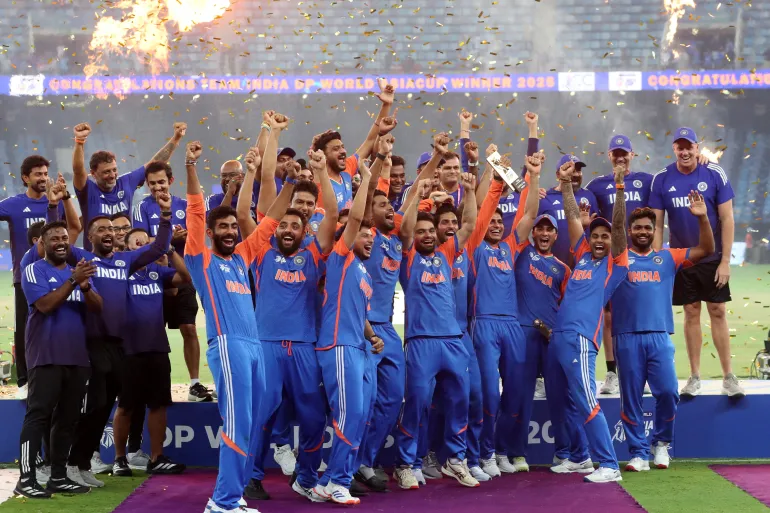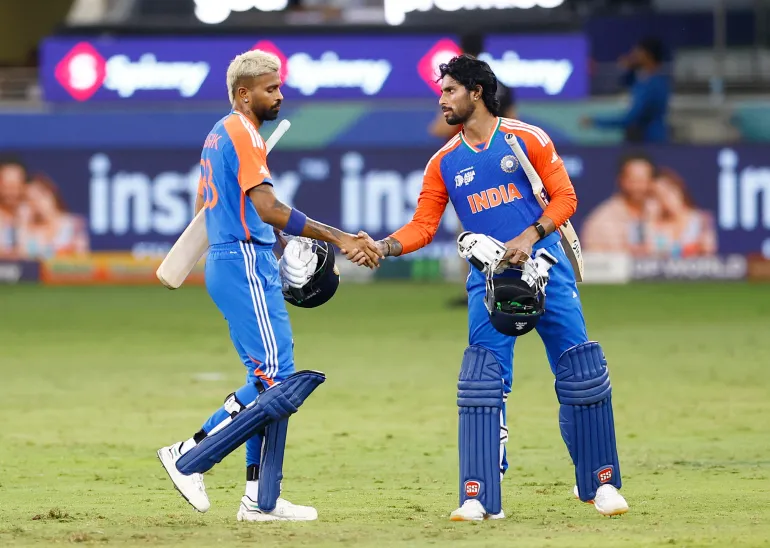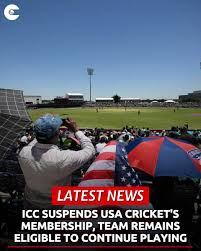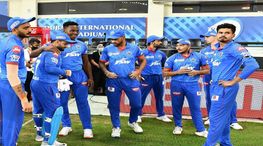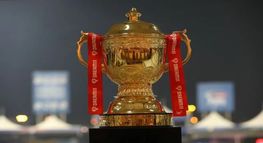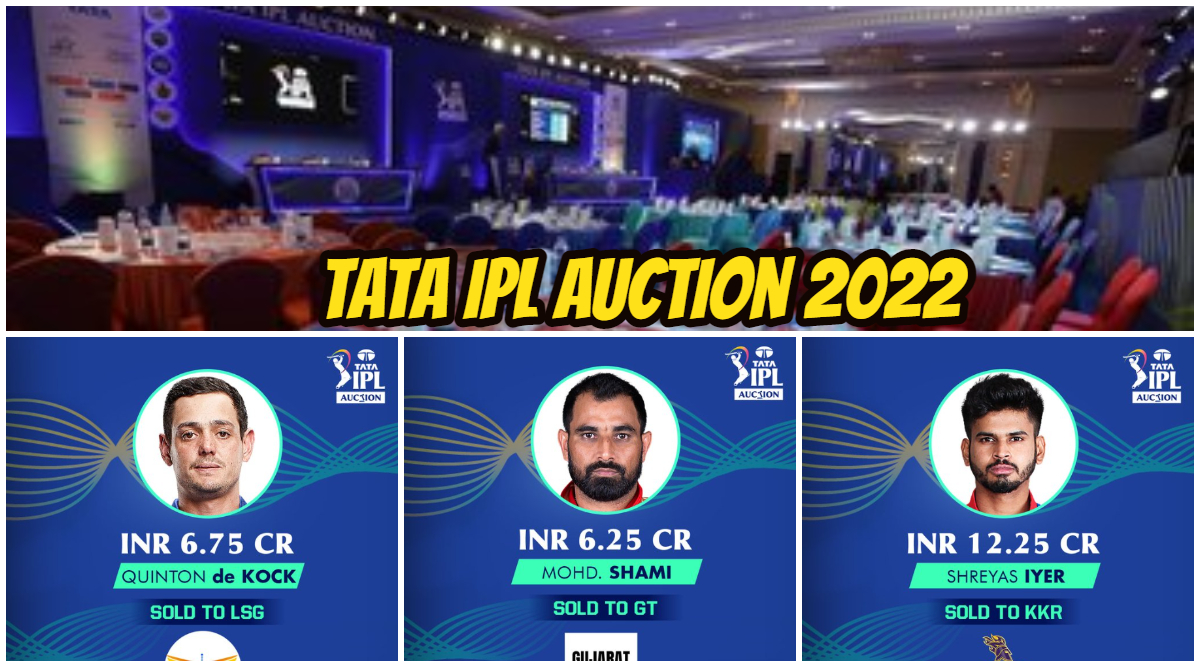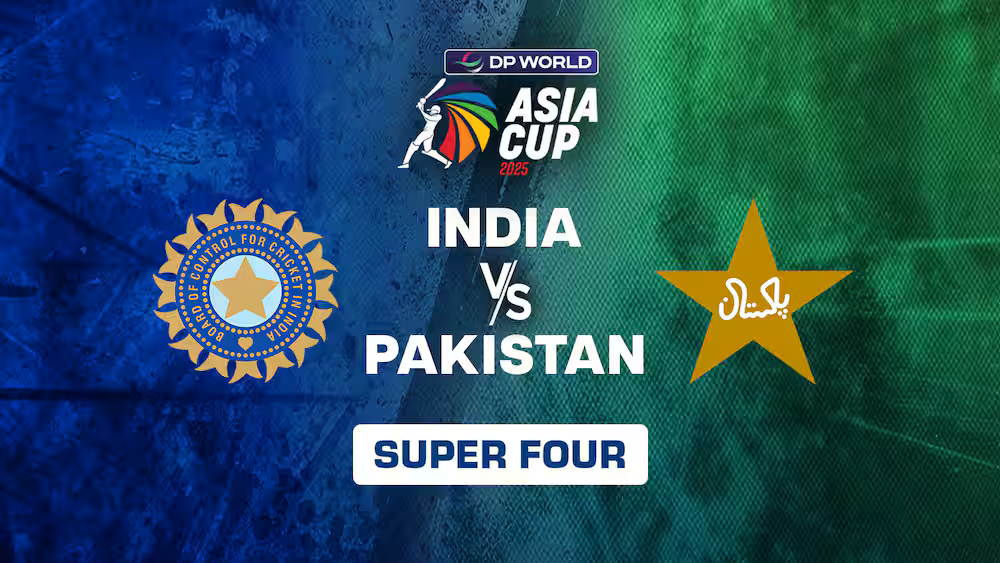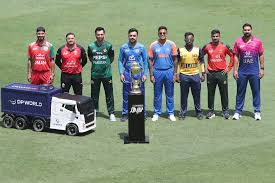List of Events
Domestic & Others
Top-notch cricket is the best quality global or homegrown match in the game of cricket. A top-notch match is one of at least three days' booked terms between different sides of eleven players each and is formally pronounced to deserve the status by the righteousness of the norm of the contending groups. Matches should consider the groups to play two innings each, albeit by and by a group could play just a single innings or none by any means.
Top-notch cricket, alongside verifiable single-wicket and present-day restricted overs structures, is one of the best quality types of cricket. The derivation of "top-notch cricket" is obscure, however, it was utilized freely before it procured official status in 1895, following a gathering of driving English clubs. At a gathering of the Imperial Cricket Conference (ICC) in 1947, it was officially characterized on a worldwide premise. A huge oversight of the ICC administering was any endeavor to reflectively characterize top-of-the-line cricket. That has left students of history, and particularly analysts, with the issue of how to arrange prior matches, particularly those played in Great Britain before 1895. The arrangement set forward by the Association of Cricket Statisticians and Historians (ACS) is to order all pre-1895 matches of an exclusive expectation as significant matches.
Test cricket, the best quality of cricket, is measurably a type of top-of-the-line cricket, however, the expression "five-star" is fundamentally used to allude to homegrown rivalry. A player's top-notch measurements remember any exhibitions for Test matches.

